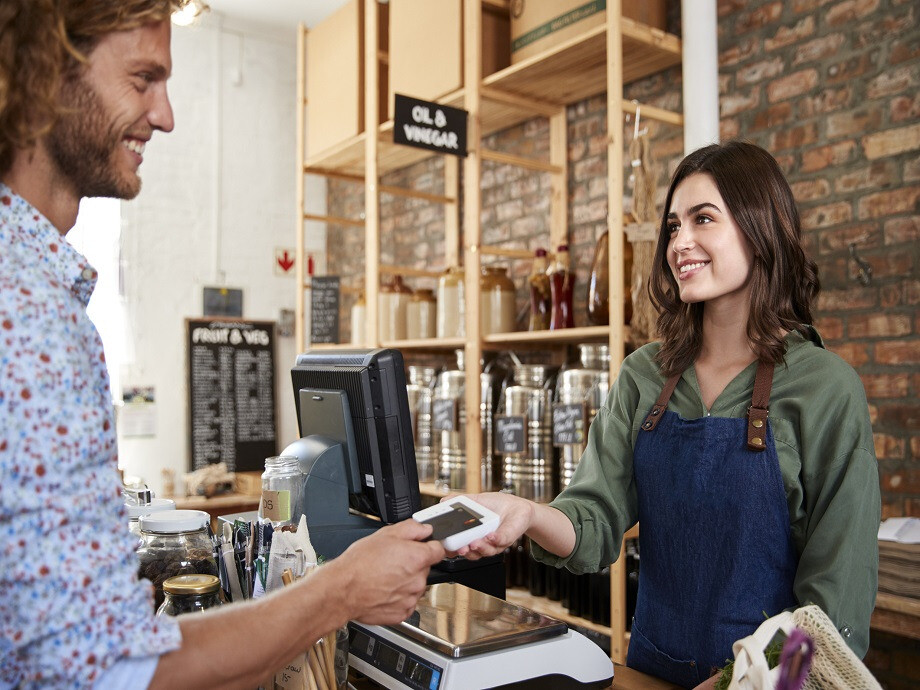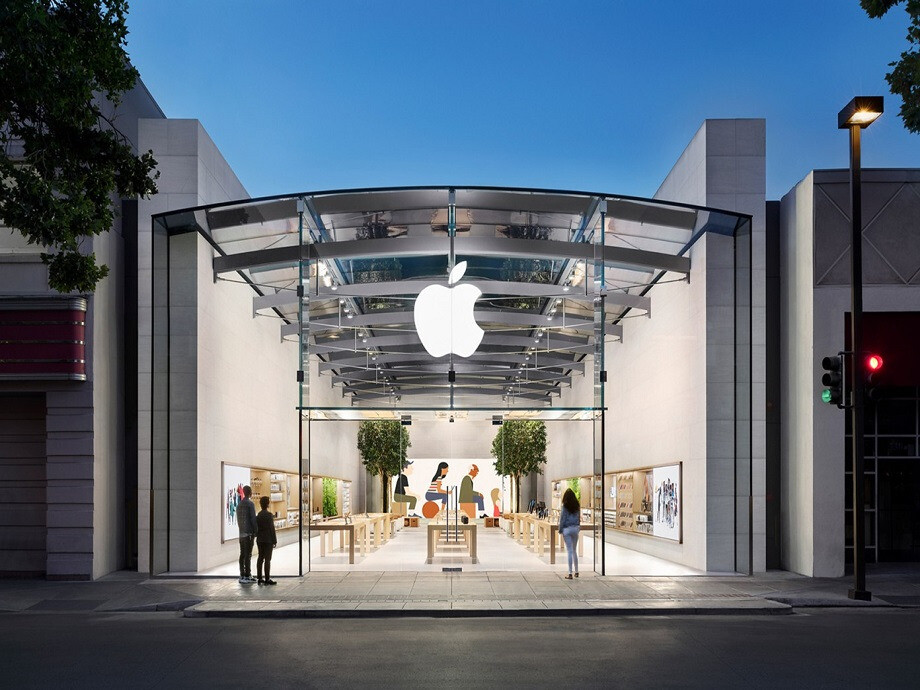
A monumental year for NFC: 2018
As we approach the end of 2018, it is too early for comprehensive studies into how much the Near Field Communication (NFC) market has grown over the last 12 months. However, all the figures we can see from related markets and expert forecasts recently suggest that 2018 has been a truly monumental year for the technology.
One of the biggest areas of growth has been in the real time payments market, which, underpinned by NFC, has grown to over 40 operational live payments systems worldwide, with 16 in the pipeline, according to recent research.
Forecasts of the wider NFC market's future growth have also appeared overwhelmingly positive in 2018. A Market Research Engine report published in October slated the industry to grow to a value of £16.9 billion by the year 2024.
Those are some of the figures that matter, but what are the key developments which have driven the NFC market up until this point, and promise to fuel future growth? In this blog, we take a look.
Apple open up
According to a study by eMarketer, in the US alone the number of users who use only their mobile to get online will reach 52.3 million by 2021. It underlines just how integral smartphones have become to our everyday communication and digital activities, and NFC is right at the core of this transition to the small screen.
On Android devices, NFC has opened up a plethora of possibilities for both smartphone users and businesses - enabling everything from cashless payment, to downloads at the swipe of a handset, and more opportunities for brands to interact with smartphone users. But in previous years Apple's reluctance to enable NFC reading in their iPhone handsets had represented something of a 'final frontier' in the NFC world. Their own Apple Pay system might have been the reason the digital giant decided to stick to their guns, but that all changed in 2017, and more so in 2018.
Apple chose its own Apple Special Event - which took place in the Steve Jobs Theater, California in September - to announce that its users would be joining the rest of the world in benefitting from NFC. That was with the confirmation that the iOS 11 operating system would open up full NFC functionality for the first time (without the need for a specialised NFC app). That meant that all of those smartphone users buying new iPhones (iPhone XS, iPhone XS Max and iPhone XR), or installing the iOS 11 update on older handsets and downloading an app, would be able to enjoy the advantages of reading Contactless NFC Tags. It was announced that the watchOS 4 Apple Watch would also be given NFC capabilities.
We might never know all the reasons for the Apple NFC u-turn but it seems likely that the company did not want to risk being left behind by manufacturers of Android devices. The fact is that consumers are now accustomed to NFC functionality on their handsets, and so Apple made the only logical decision in opening their doors to NFC.
Keeping consumers covered
2018 has been the year in which NFC has come to completely encompass the brand-to-consumer relationship, giving marketers and sales teams a valuable communications channel at every stage of what is known as the 'customer journey'. Whereas in the past, brands might have only used NFC for isolated activities within a marketing strategy, it is now accepted that NFC can provide an answer to almost everything for forward-thinking, digital-minded brands.
Right from the start, NFC can get the consumer conversation going by offering crucial touch points. It could be an invitation to tap or swipe an NFC Tag which is placed on product packaging - this can open the door to any number of interactions; from entertaining a consumer with content direct to their smartphone, to offering a free download of an app or game, or linking directly to a brand video which tells them the story of the product which they have purchased.
A key way to keeping consumers on board with a brand in the digital era is through social media, and NFC offers marketers an effective toolbox in this regard. All it takes is a touch of their handset, and consumers can be liking, following, and sharing. This all goes towards keeping the conversation going between brand and consumer.
In store, brands are talking to consumers through smart signage, which can tell them more about a product in one swipe than is possible via store assistants themselves. Whether that is specific product reviews, offering a special offer or discount, or asking the consumer themselves for their feedback on a product - the important thing is the interaction, and NFC offers an increasing number of innovative ways to invite consumers to play their part in the relationship between brand and consumer. NFC enables new ways of projecting a brand without the 'hard sell' tactics of years gone by, and in 2018 we have seen a wider acceptance of its value.
Made for manufacturing
The digital consumer revolution might be the platform which has allowed NFC to become recognised worldwide, but there are plenty of other uses for the technology can be found 'behind the scenes', and these have developed in 2018.
Warehouses and factories have wised up to the time and money saving possibilities which NFC presents, and in 2018 we have seen NFC use offer more manufacturing businesses of all descriptions to tighten up their operational efficiency. NFC Tags allow the whereabouts and status of machinery to be tracked, and stock controls to be managed more effectively than ever before.
In tandem with the Internet of Things (IoT) a technology focused on the network of connected objects within a premises, NFC has flourished in the manufacturing environment in 2018, offering manufacturers the chance to track and collate data from more machines and workers and be able to consume the information via easy-to-use smartphone apps. This use of NFC also goes hand in hand with another 2018 business trend - Big Data - and is helping manufacturers gain the operational insights they need to improve processes and stay super competitive in congested marketplaces.
In the with new
Here at NFC Direct, we are constantly tracking the latest NFC innovations, and passing their benefits on to our customers. In 2018, we were able to introduce a number of new products into our range, appealing to a broad spectrum of our customers. These included NFC Wearables, which we were pleased to offer in a huge range of shapes, sizes and styles. Everything from bracelets to watches and pendants can now carry the power of NFC, and provide a cool and convenient method of carrying an NFC touchpoint. Whether it is an instant download or digital business card, the NFC wearable range we released in 2018 proves that NFC can marry fashion with functionality.
We were also excited to add substantially to our wider range of NFC Products, offering ready-made solutions for marketing, events, charities, and in the workplace. We will continue to introduce innovative NFC Products to the NFC Direct range in 2019, as the demand from clients grows stronger.
Looking ahead to 2019
So what lays ahead in 2019? We see simplicity being key to the NFC uses which come to the fore next year. Whether it is the B2B or B2C spheres, where specialist NFC Readers might have been employed previously, in 2019 we could see more NFC-reading apps being made available on smartphones. Not only does this offer convenience to those operating the NFC apps, but it can also prove a money saver which allows businesses to bring down their overheads.
The latest statistics indicate that cashless payment or 'mobile wallet' use is well on its way to becoming the norm, rather than the exception to it. According to Juniper Research, almost 2.1 billion consumers worldwide will use a mobile wallet by the end of 2019. With operating systems now set up all over the globe, next year it appears we will see more consumers leave their cash at home and 'travel light', being able to purchase the goods they need in store at the simple swipe of a handset, with NFC being a vital element of the Contactless technology.
We also expect NFC's emergence in more aspects of life and business than ever before. Take people with pets, for example. They will be able to take advantage of NFC Tags for their furry friends, which allow information to be stored in their collar should they get lost. That means fellow pet owners will be able to read their Tag via a smartphone and have immediate access to everything from the dog or cat owners' contact details, to information on medical conditions.
Then there is NFC in the sports world, where it has a number of purposes. The NBA recently began to manufacture its basketball jerseys with NFC Tags, giving fans access to exclusive content when they swipe while wearing the shirts. NFC-enabled 'quick ticketing' is speeding up fan queues on the way into baseball stadiums, by allowing them to swipe with their handset instead of producing a ticket. And NFC is also helping to prevent the sales of fraudulent replica shirts, with Tags helping to distinguish the genuine jerseys from the fakes.
Quite simply, we expect to see NFC everywhere in 2019, as it continues to enable improvements in the way we live our lives and do business.



Comments